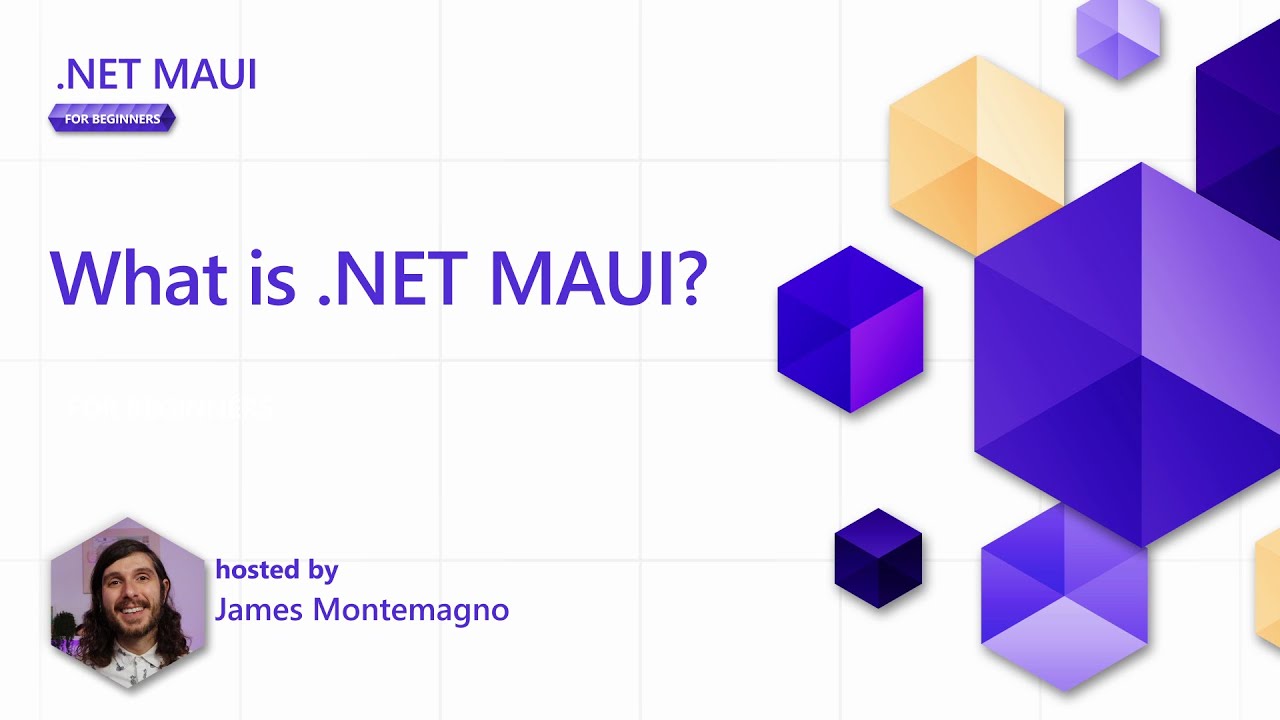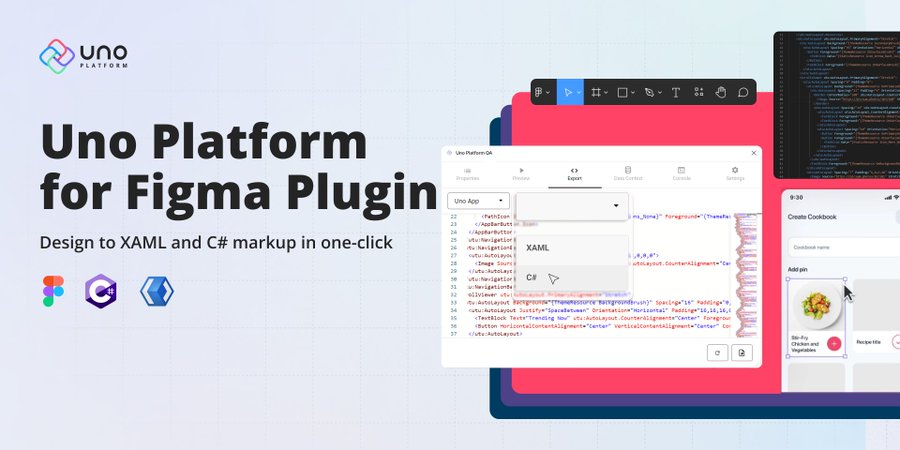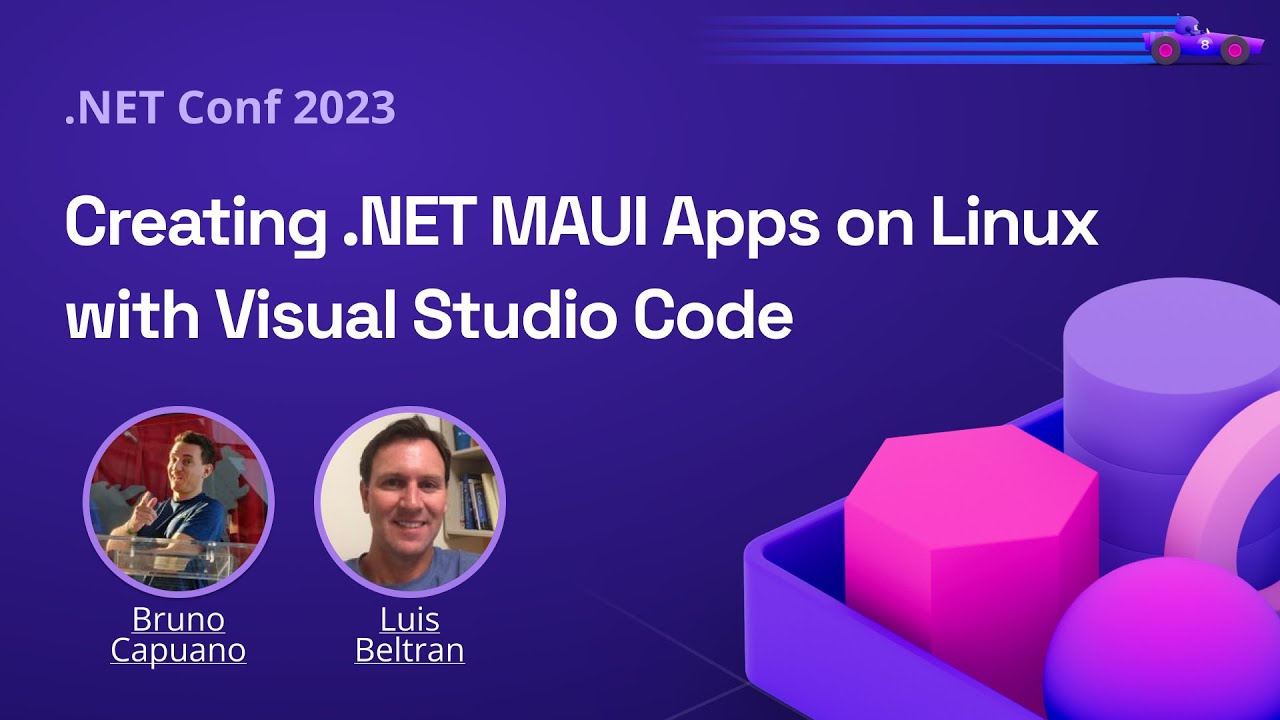Welcome to Sands of MAUI, a newsletter-style publication that compiles the latest .NET MAUI content relevant to developers.
Small, harmless sand particles. But when you add together many sand particles, we have a large force to consider. It is the smallest grains of sand that often combine to form huge beaches, dunes, and deserts.
.NET developers are excited about the reality of .NET MAUI (.NET Multiplatform App UI), the latest evolution of the .NET cross-platform developer technology stack. With reliable tools and a rich ecosystem, .NET MAUI helps developers build native cross-platform apps for mobile/desktop from a single, shared codebase while bringing web technologies into the mix.
It may be a long flight to reach the sandy beaches of MAUI Island, but developer excitement for .NET MAUI is quite evident in all the content created. Like a grain of sand, every news/article/document/video/tutorial/live stream contributes to the developer experience of .NET MAUI and we grow a community/ecosystem willing to learn and help.
Sands of MAUI is a humble attempt to bring together all the goodness of .NET MAUI in one place. Here are some highlights this week: March 4, 2024:
.NET MAUI for beginners
.NET MAUI is built to enable .NET developers to create cross-platform apps for Android, iOS, macOS, and Windows with deep native integrations, platform-based UI, and hybrid environments that extend the reach of Blazor/JS web UI technologies. With improved stability and a rich ecosystem, developers are finding more appeal to build cross-platform apps using .NET MAUI. As more and more people start building cross-platform apps using modern .NET, James Montemagno We have .NET MAUI, a perfect video series for beginners.
For those new to .NET MAUI cross-platform development for mobile/desktop apps, it can be a lot to take in. There should be no barriers to getting started with .NET MAUI while your learning continues.
In this eight-part video series, James starts with the basics and covers enough ground to help developers be more productive using .NET MAUI. Along the way, James covers installation, dependencies, C#/XAML visual trees, data binding, page navigation, platform features, and shared resources. This series is a must-see for anyone getting started with successful .NET MAUI cross-platform development.


Uno Platform Figma Plugin
It’s a great time to become a .NET developer, with a variety of choices in technology stacks that use .NET on a variety of platforms. Uno platform An open source framework for building single-codebase native mobile, web, desktop, and embedded apps with your IDE of choice and C#/XAML. The Uno Platform has released a major release that has a major impact on the developer/designer divide. The Uno Platform Figma plugin is now generally available.
There are many things to consider in cross-platform app development, but the handoff from design to code can be a notorious bottleneck that consumes enormous amounts of time and creates unnecessary friction. The Uno Platform Figma plugin emerges as a natural extension of the Uno platform and directly addresses these challenges by seamlessly integrating design and development workflows.
With the Uno platform for Figma, practical solutions are now available for designers and developers, allowing both roles to maintain their preferred tools. Designers use Figma, and developers use their favorite IDE, whether Visual Studio/VS Code or JetBrains Rider.
The Figma plugin on the Uno platform allows designers to use their work in Figma using the Material Toolkit, and the generated app UI markup is 100% available to developers as C# markup or XAML. The Uno platform welcomes .NET developers to go cross-platform and enable more options with .NET MAUI. This is great for the .NET ecosystem.


RichTextEditor for .NET MAUI
For most apps, content is everything and users are responsible for it. It is often necessary to allow users to manipulate rich text content. Balancing usability and fidelity can be tricky. Fortunately, there is UI help for .NET MAUI developers and Rosica Pakalyeva Wrote an article on using Telerik UI for .NET MAUI RichTextEditor to manipulate rich text content in cross-platform apps.
Progress Telerik UI for .NET MAUI continues to be the most comprehensive suite of UI components for all .NET MAUI apps – native, high-performance UI controls that work on mobile and desktop platforms. Telerik RichTextEditor UI for .NET MAUI allows users to create rich text content through a WYSIWYG editor. It offers a variety of editing features, built-in toolbars, text formatting/selection, font manipulation, hyperlink management, undo/redo editing operations, list/indent support, image management, and more.
Rossi guides you through getting started with Telerik RichTextEditor within a .NET MAUI project and explores the nuances of UI components with easy-to-follow code samples. Flexible styling APIs and easy customization allow .NET MAUI developers to confidently work with rich HTML content by putting the responsibility in the hands of the user. Developer flexibility and user experience simplicity seem to benefit everyone.


Gone Mobile Podcast
Gone Mobile is a long-running and popular podcast that has evolved over time. hosted by Jonathan Dick and alan rich, Gone Mobile covers all things mobile development, including .NET MAUI in particular, and details the topics of cross-platform development, design, and marketing of mobile apps. The latest episode will help every .NET MAUI developer analyze their mobile apps.
In this episode, Jon and Allan discuss the process of creating a mobile app, starting with the analogy of building a lightsaber at Disney. Explore the architecture of mobile apps, including the use of MVVM architecture and the importance of combining logic. You’ll also learn more about navigation and using the Shell in Xamarin.Forms/.NET MAUI.
The conversation then moves to the benefits of using dependency injection in app development alongside core service and platform implementations, and considerations for cross-platform development. They emphasize the importance of creating a set of basic services and thinking outside the box when faced with a UI design problem. Mobile apps should solve a business problem first and allow development patterns to grow organically as needed. Cross-platform mobile development is not easy. Frameworks like .NET MAUI and the surrounding ecosystem aim to make mobile developers more productive.


.NET MAUI on Linux
.NET MAUI allows developers to target mobile and desktop form factors from a single, shared codebase. Despite its broad platform scope, .NET MAUI also offers developer flexibility. Modern .NET cross-platform development can occur across a variety of development stacks. While Windows and macOS are widely used development platforms, Linux continues to gain popularity among niche developers. .NET Conf 2023 had a great session on modern cross-platform development with .NET 8 hosted by: Luis Beltran and Bruno Capuano—Creating .NET MAUI apps on Linux using Visual Studio Code.
Visual Studio Code is a very popular lightweight code editor that works well on Windows/macOS/Linux. VS Code offers a rich extension ecosystem, and developers building cross-platform apps using .NET MAUI can now use the new .NET MAUI VS Code extension.
Luis and Bruno show you the essentials you need to start your .NET MAUI development journey using the VS Code extension on Linux, from support requirements to the steps to installing everything on Linux. Covering configurations, features, limitations, demos, and features, the duo provides a step-by-step guide to the realities of .NET MAUI cross-platform development on Linux. This is a great place to start for hardcore Linux fans.


That’s it for now.
See you next week with more great content related to .NET MAUI.
Cheers, developers!


